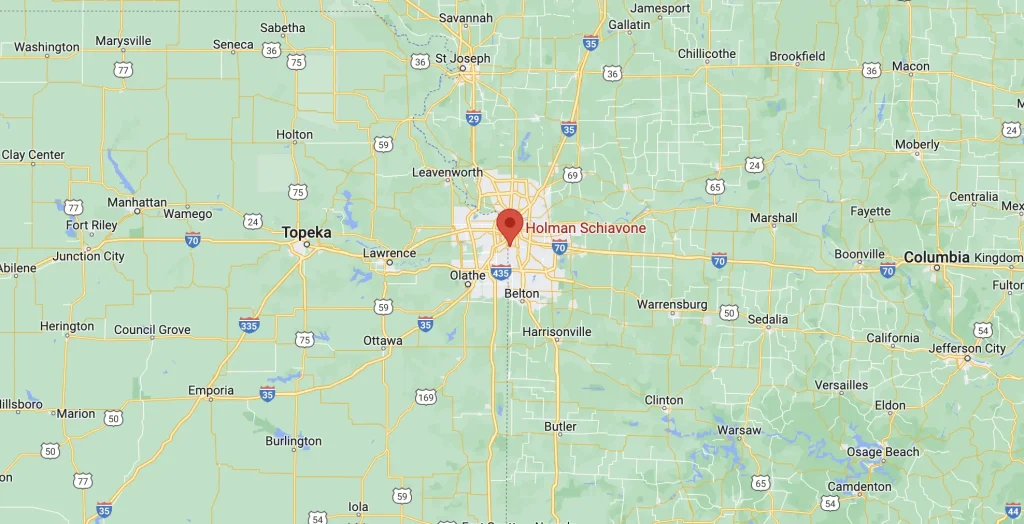There are many kinds of harassment that people can face in the workplace. Whether it’s harassment based on race, national origin, gender or some other reason, it’s unfair.
One of the most significant kinds of harassment in workplaces is sexual harassment. It’s a kind of sex discrimination and occurs when you face:
- Unwelcome sexual advances
- Physical conduct of a sexual nature from a coworker, employer, client or other person in the workplace
- Requests for sexual favors
- Verbal conduct of a sexual nature
These actions are considered to be harassment when:
- You are told that you must submit to the requested conduct to keep your job
- Rejecting or submitting to a sexual advance or the sexual conduct affects your potential for a promotion or is used to make decisions about employment
- You have to work in fear due to intimidation, offensive conduct or a hostile environment
If you believe that you’ve been a victim of harassment, it’s important to take the situation to a supervisor, your human resources department or your attorney.
What’s a good example of sexual harassment?
Imagine if Jim and Jenny are working together as colleagues. Jim is her supervisor and likes Jenny, so he asks her out. She says no, because she wants to keep things professional, and they cannot technically work together if they are dating due to a conflict in interests.
Jim hints to Jenny that she might want to change her mind, because he has a different position opening up at a managerial level.
This could be construed as sexual harassment, because Jim suggests that Jenny can have the higher position at the company if she agrees to his request.
What isn’t sexual harassment?
If Jim and Jenny are still colleagues (one a manager and the other under their management) and Jim asks Jenny out, Jenny should be able to refuse. If Jim doesn’t try to convince her to go out and still puts her up for the promotion, then that may no longer be considered harassment.
The reality is that people who work together may like one another, and there are times when people may ask someone out or flirt with someone. The way to know if it’s harassment is if that person is doing something so egregious that it makes another person uncomfortable. Repeatedly making comments about someone’s body, whistling at a coworker, asking a colleague out multiple times when they’ve said no and other actions can lead to a hostile and uncomfortable environment where a claim against sexual harassment may occur.


